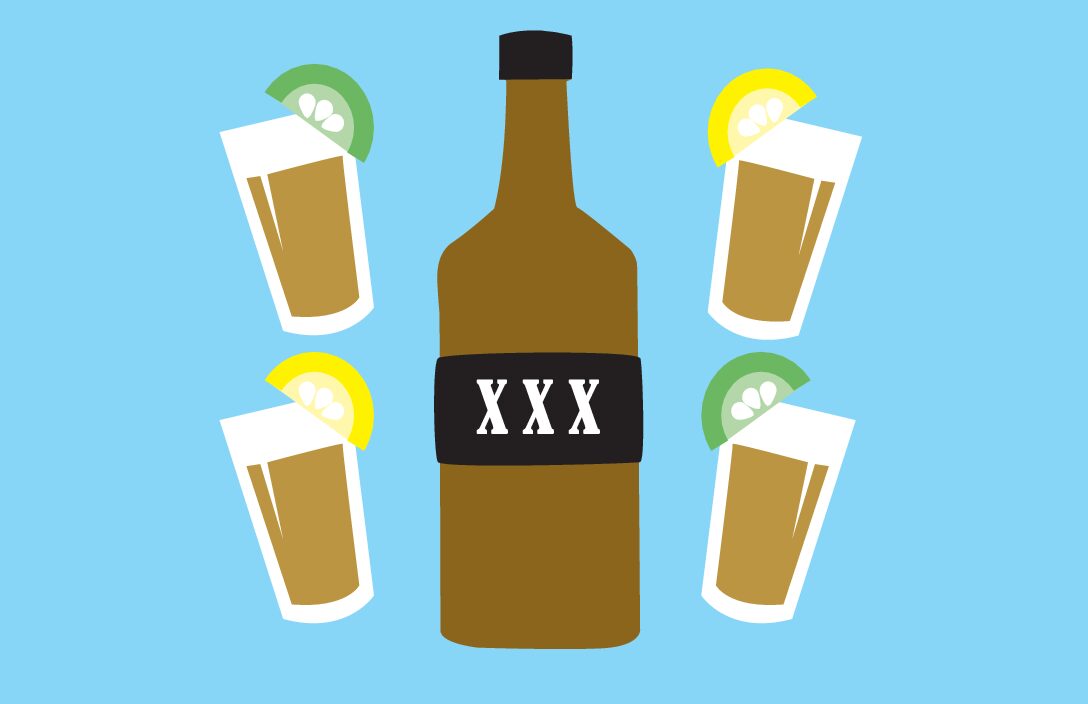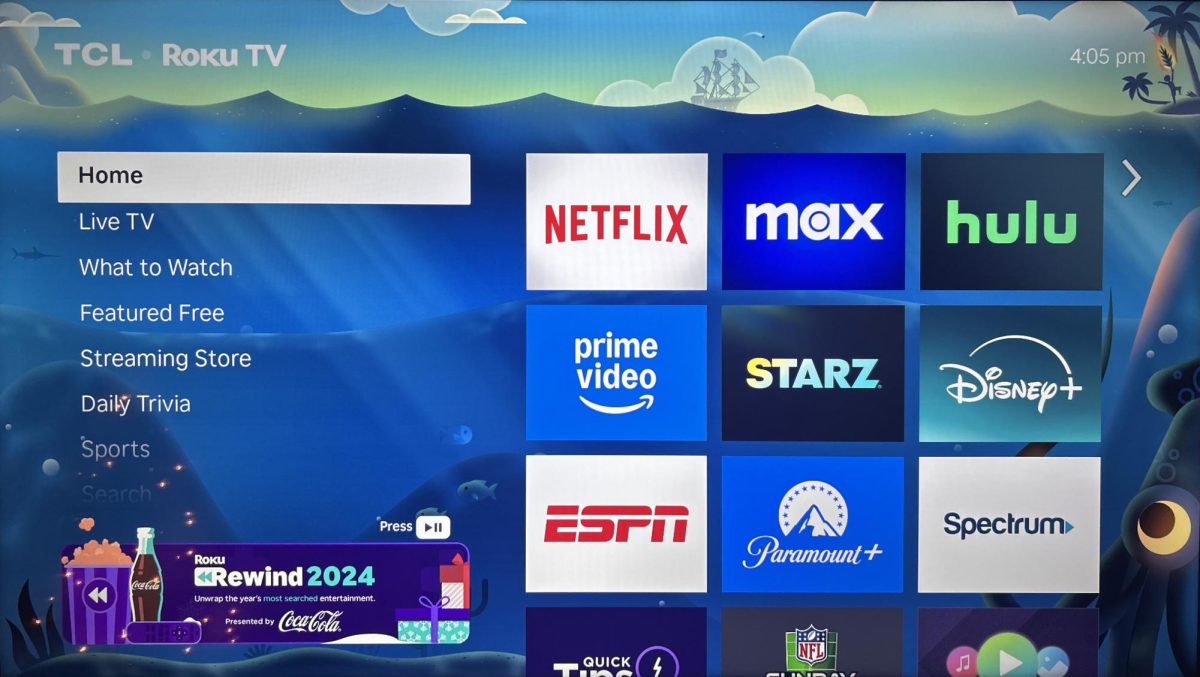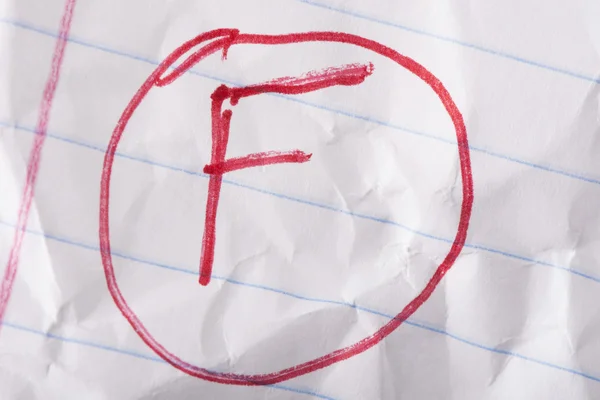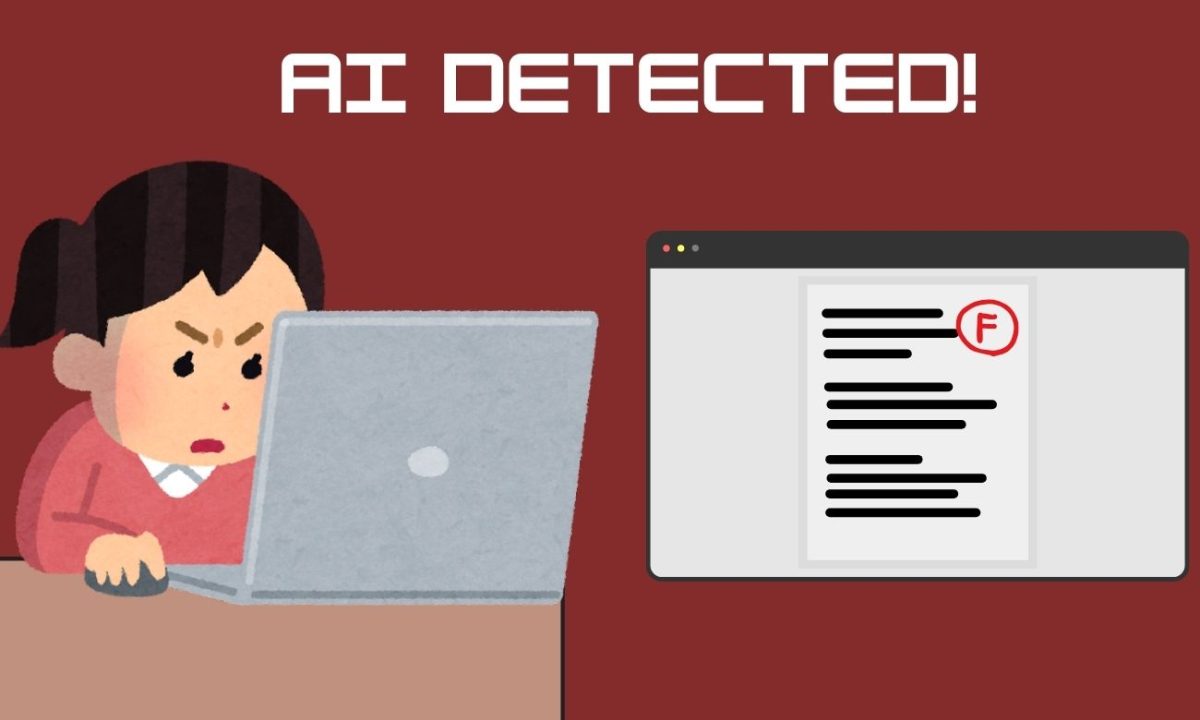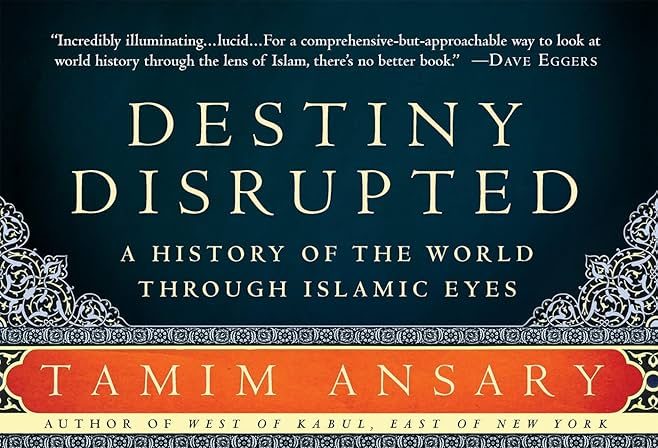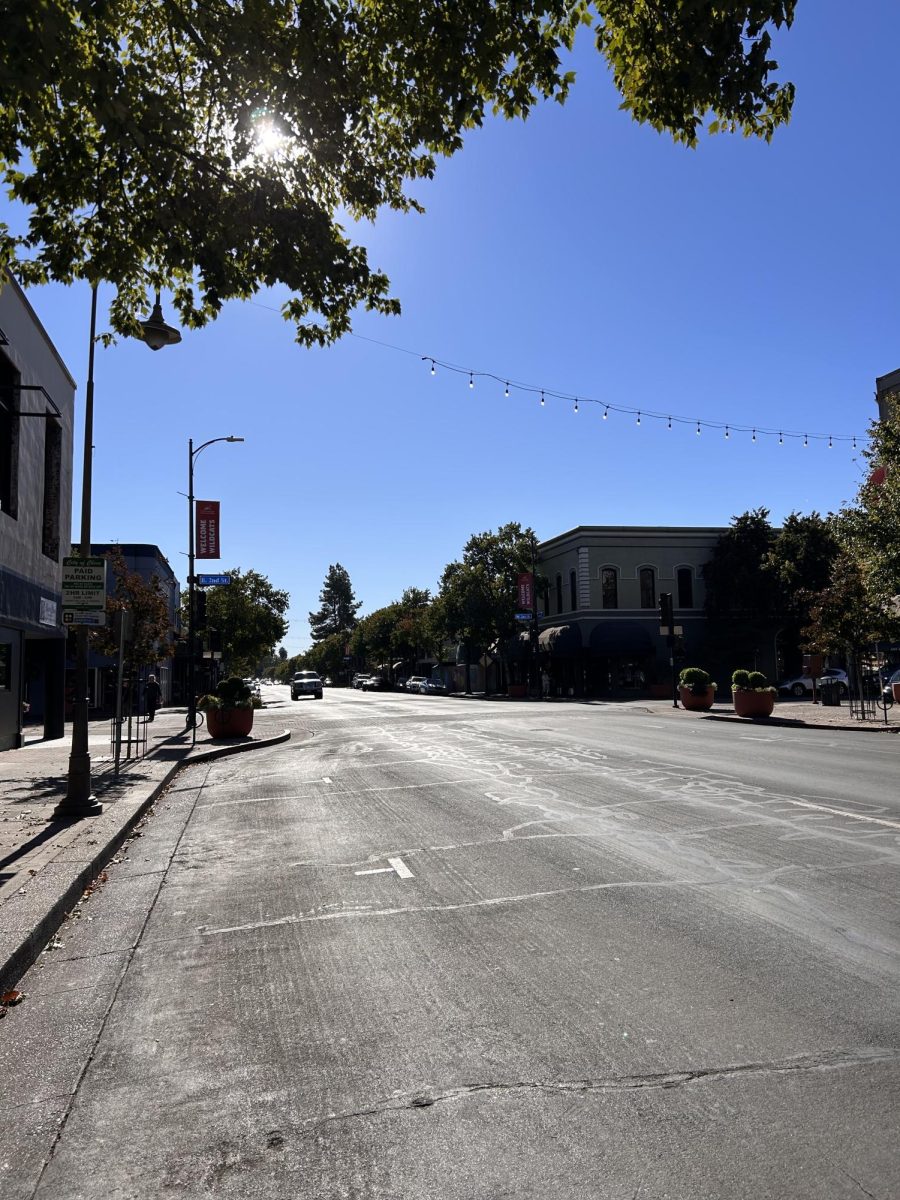As we shift into a culture focused on battling substance abuse, it seems one culprit continues to slip through the cracks. You can have it for breakfast, you can have it for lunch and you can have it for dinner: alcohol.
“Alcohol is everywhere. When you go and eat at a restaurant there aren’t any cigarettes on the menu.”
Hearing this phrase from the mouth of an alcoholic made me understand the gravity of alcohol abuse. Being immersed in a culture where drinking is such a casual activity, it can be difficult for many people to stay sober.
Alcoholism, or Alcohol Use Disorder — AUD — as it is formally called, is defined by the National Institute on Alcohol Abuse and Alcoholism as “a medical condition characterized by an impaired ability to stop or control alcohol use despite adverse social, occupational, or health consequences.”
Though easily defined, alcoholism goes just as easily unnoticed, especially in a college atmosphere where drinking is practically a social tool.
Everyone knows that alcohol is synonymous with the college experience. Beer pong, pregaming at your friend’s house, collecting empty liquor bottles to display or hanging up flattened beer boxes as decor — it’s all a part of the culture.
I’m guilty of being drunk at a party, and so are many students every weekend.
Turning the legal age to drink is considered a rite of passage, with an entire culture devoted to celebrating turning 21.
There is even an entire market dedicated to creating gadgets that make drinking easier, and more importantly, faster. Recent examples include the Shot Straw and The Krak’in Shotgun Tool, both of which have gone viral on TikTok.
This is not a trend that is going to change anytime soon. College partying aside, drinking is a well-established American tradition. In 2021, the alcoholic beverage market in the U.S. alone was valued at almost $250 billion.
Corporations know this and a growing attempt to adapt to the market has led to a surge of beverage companies creating alcoholic versions of their drinks.
Beloved brands like SunnyD have begun selling vodka seltzers; Dunkin’ Donuts recently announced that they would begin selling spiked coffees and iced teas beginning in late August. Even energy drinks have followed suit, with Monster Energy releasing their Beast Unleashed Hard Seltzer. These are only a select few.
The success of these products has only proven that the alcohol market is not slowing down any time soon.
So why isn’t alcohol abuse talked about more?
According to The National Survey on Drug Use and Health, in 2021 13% of full-time college students ranging from ages 18 to 22 met the criteria for AUD.
Alcohol abuse in college is largely attributed to the act of binge drinking, high stress, lack of structure and generally, easy access to alcohol.
All these factors combined make college the perfect breeding ground for addiction.
Students are less likely to notice the signs of addiction due to the common nature of socializing while drinking. However, alcohol abuse, if untreated, can lead to both physical and emotional damage ranging from depression to liver disease.
Chico State offers several resources for students who may be facing a difficult time with alcohol abuse including the Wellcat Counseling Center as well as the Wellcat Prevention Center.
There are also measures you can take to drink responsibly, some include:
- Setting a drink limit
- Eat before you drink
- Avoid drinking alone
- Drinking water between drinks
Remember that just because something is happening all around you doesn’t mean you have to participate.
Know your limits and most importantly, ask for help if you need it.
For more information on the Wellcat Prevention Center, click here.
For the Substance Abuse and Mental Health Services Administration nation helpline, click here.
Maricarmen Becerra-Gonzalez can be reached at [email protected]



